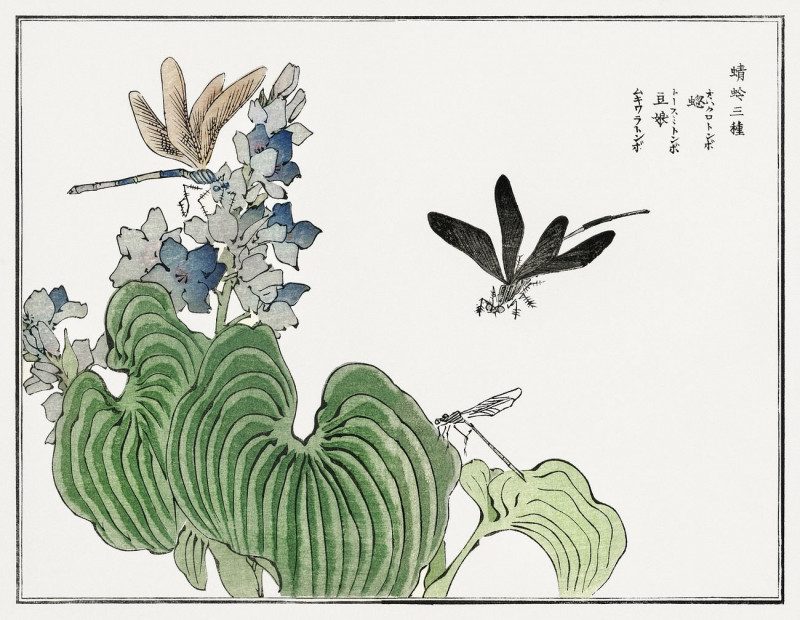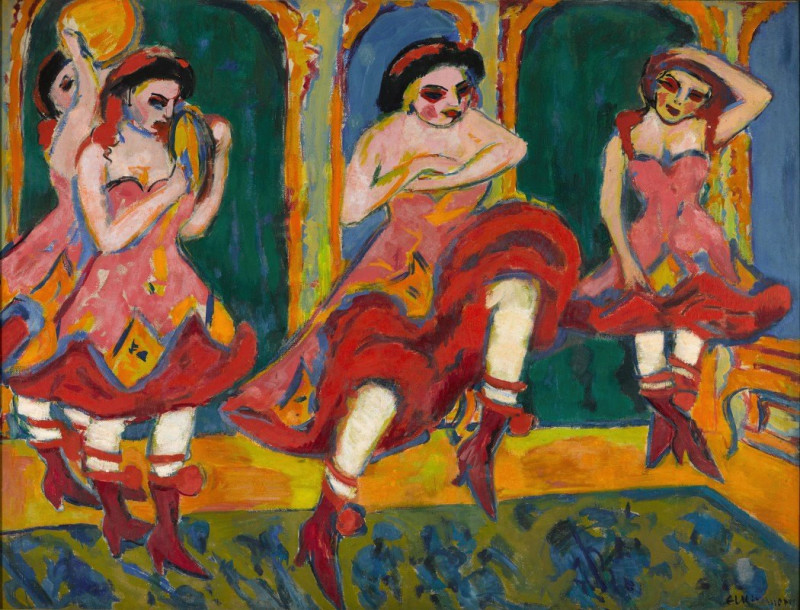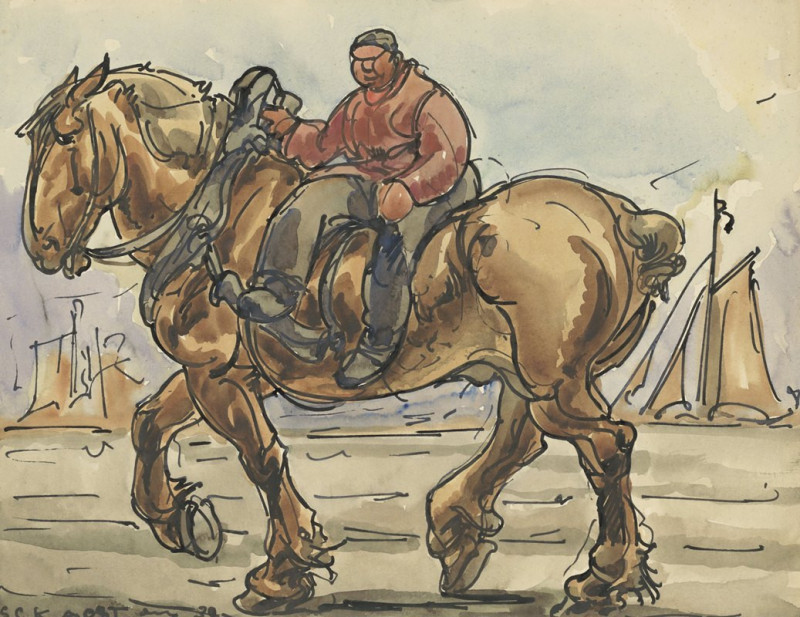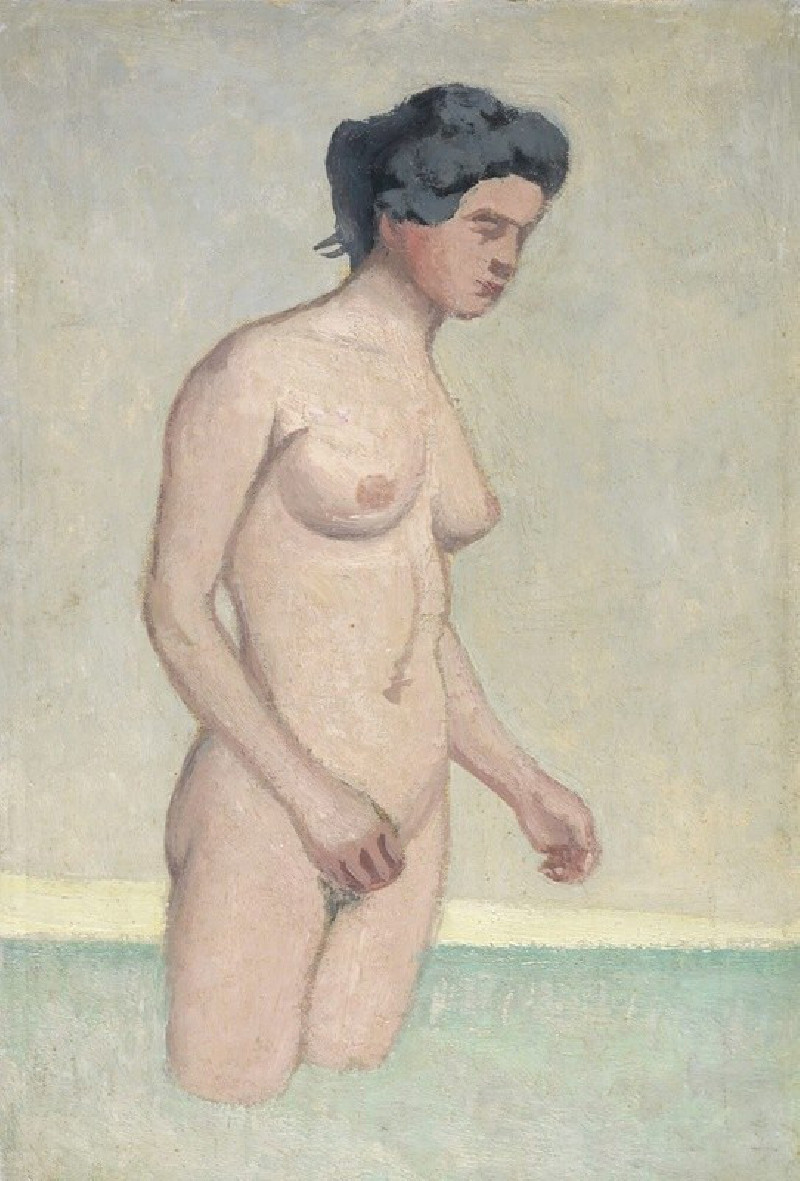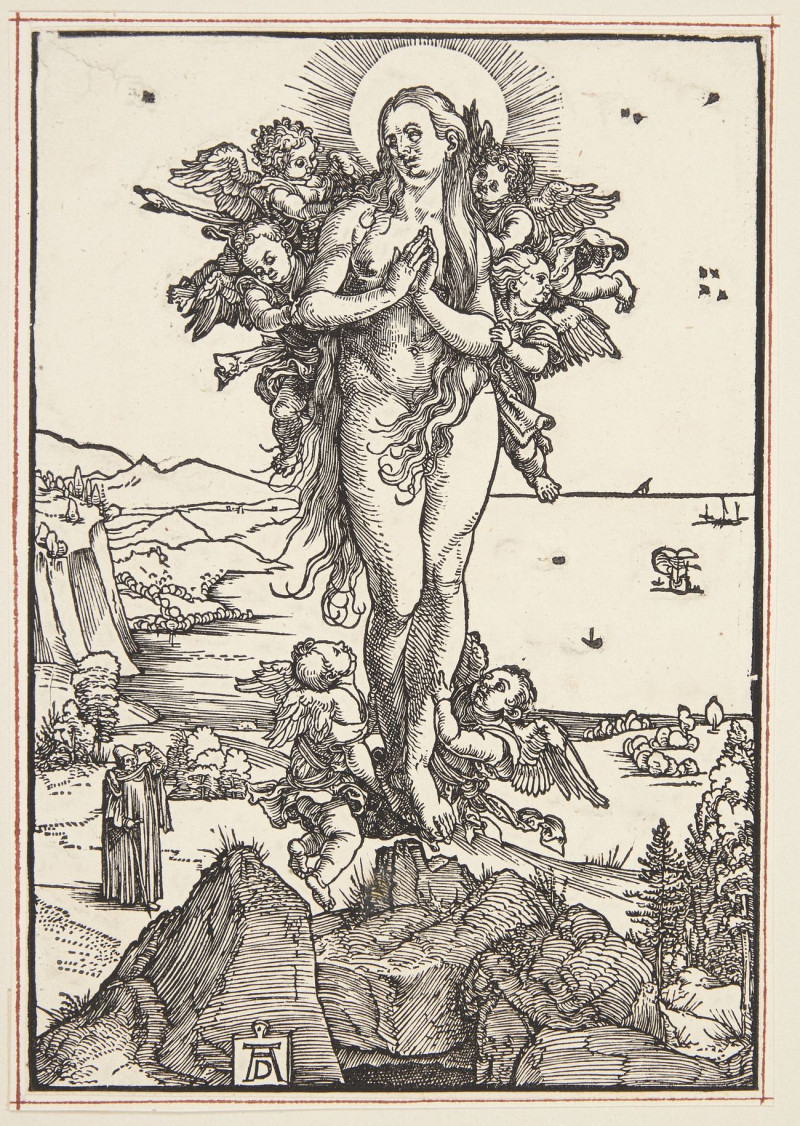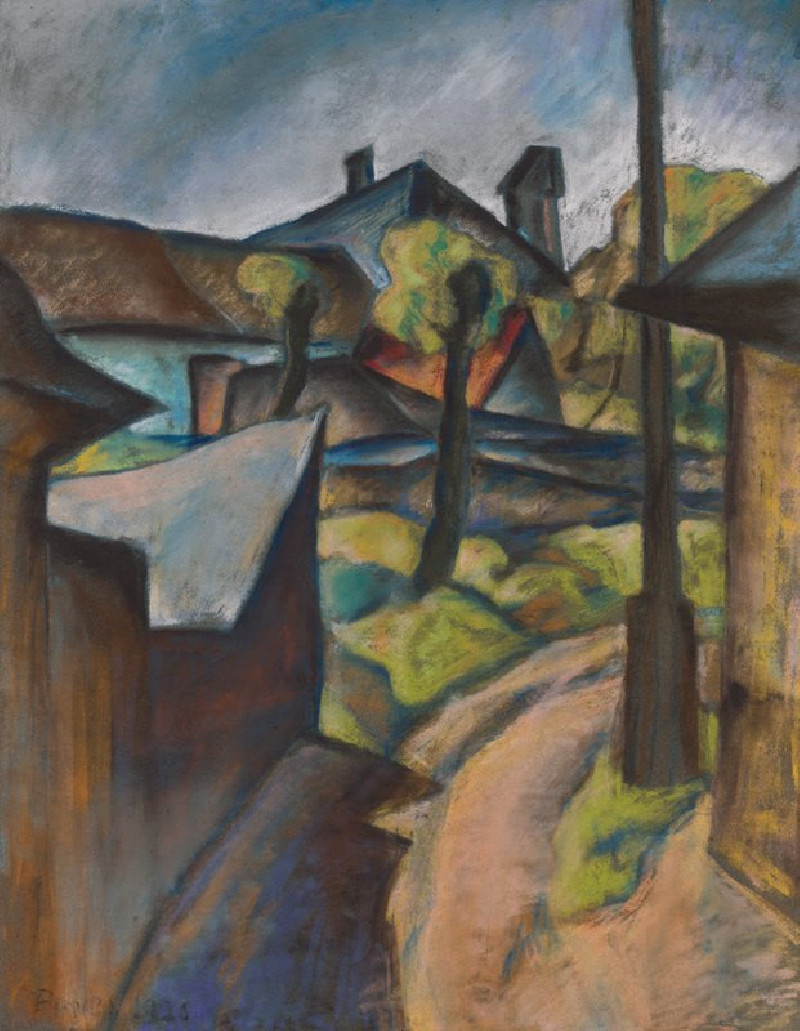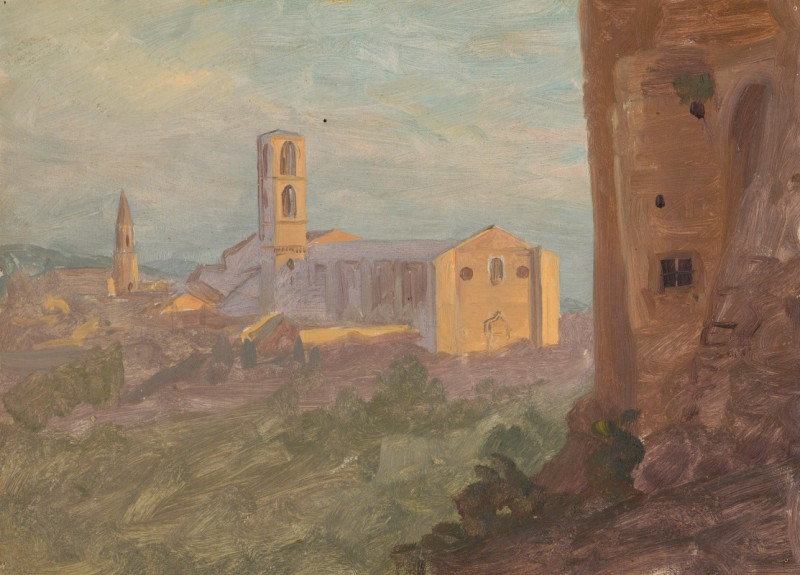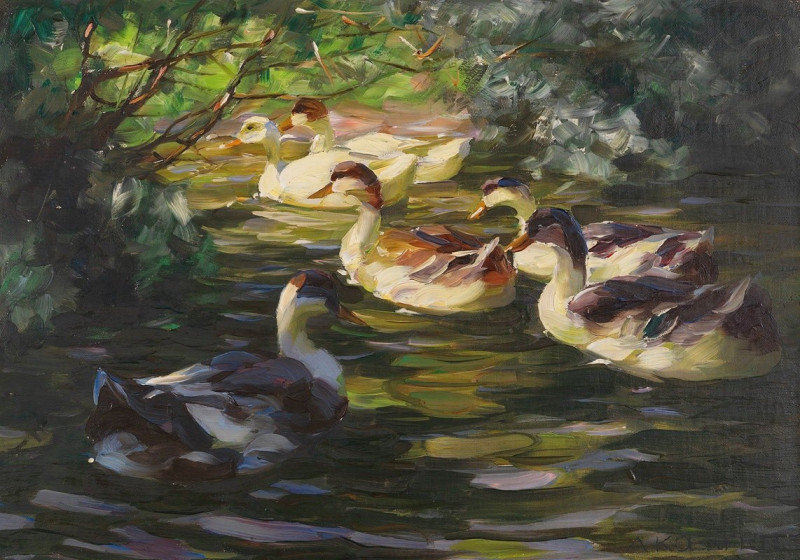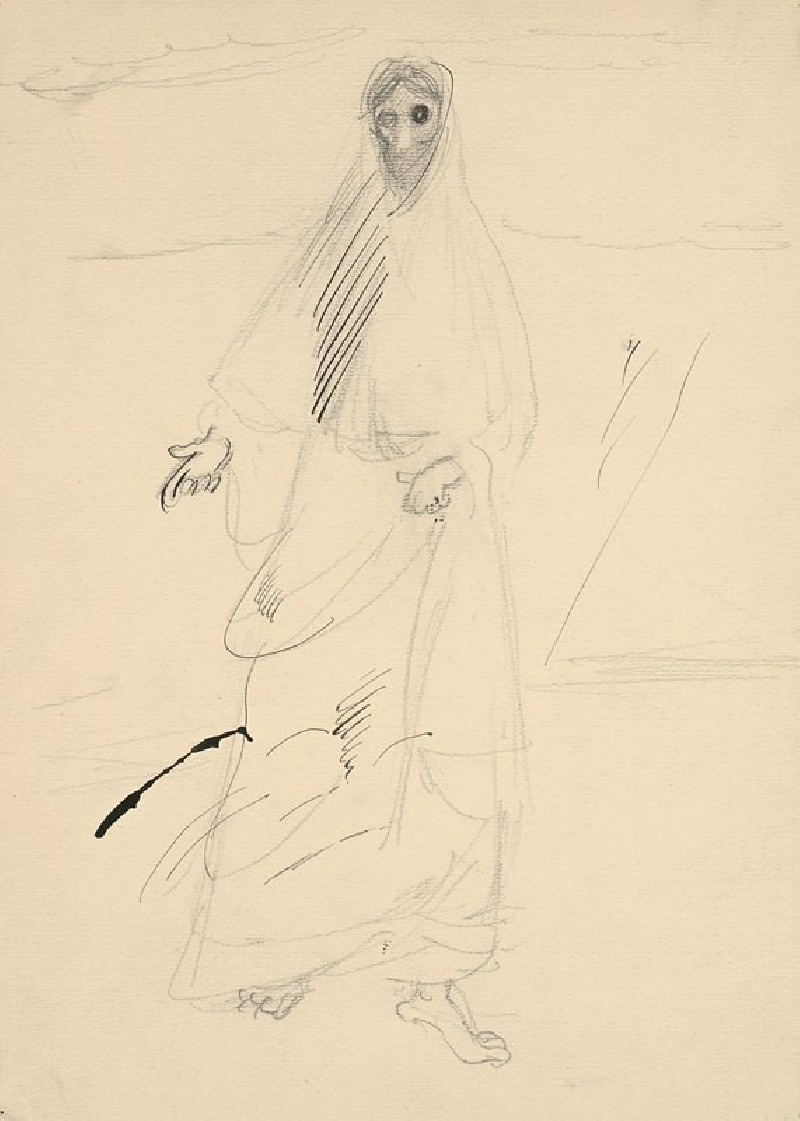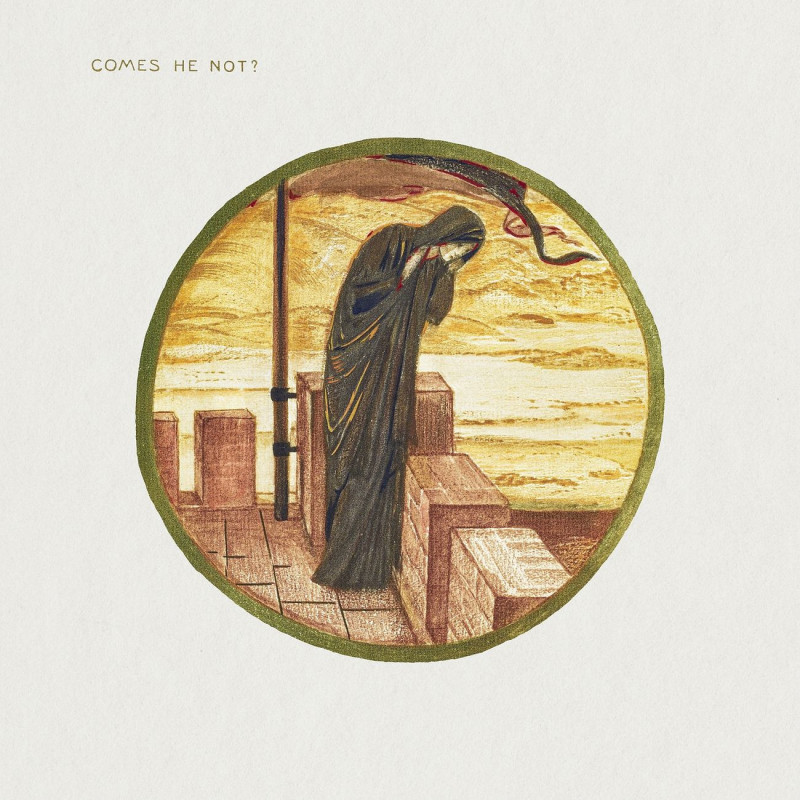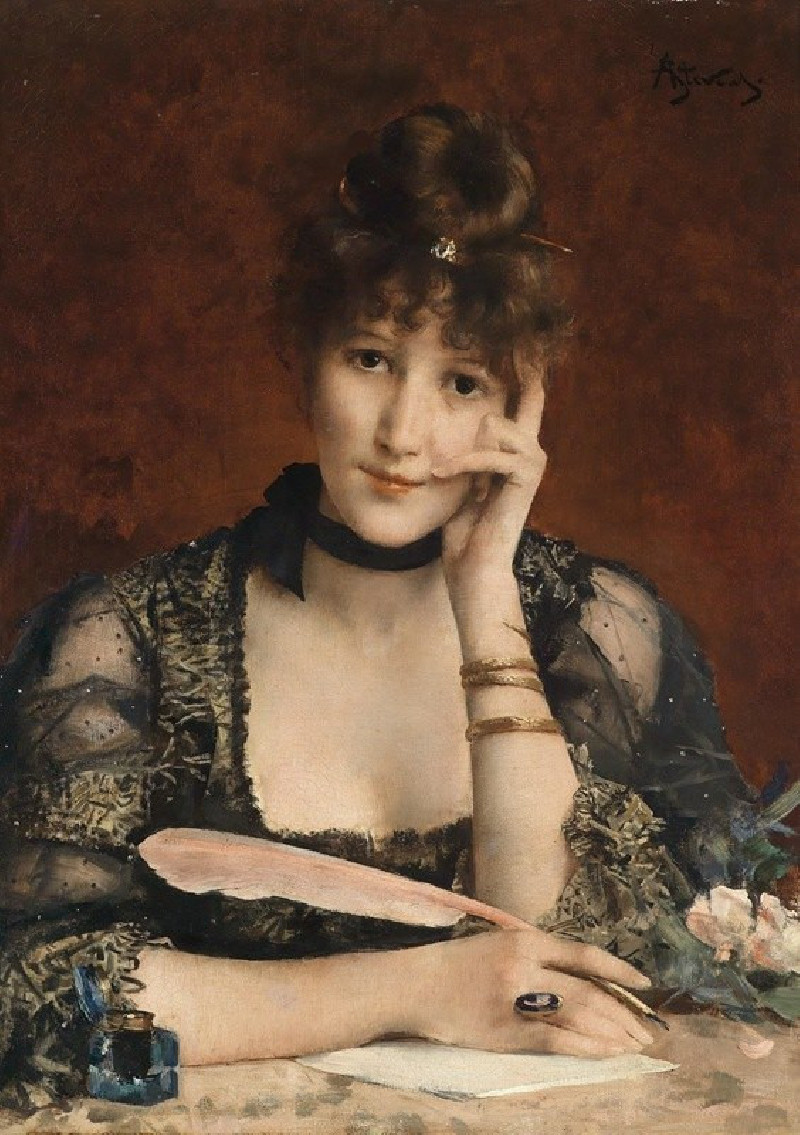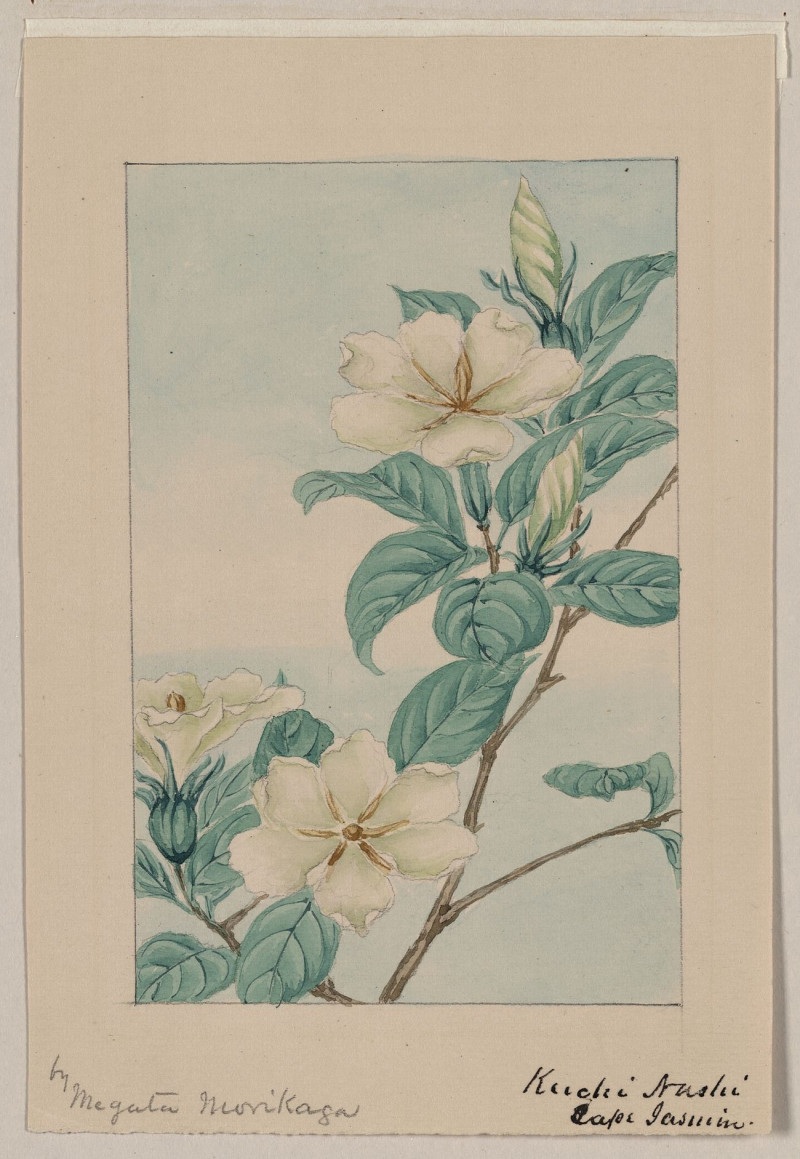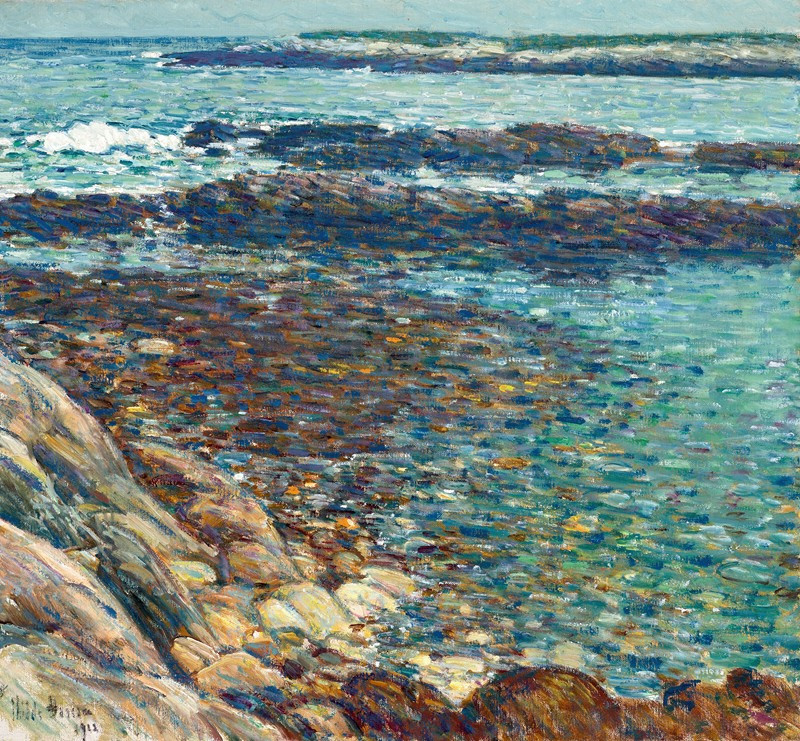Darse De Pêche Et Bassin Duquesne, Dieppe, Temps Gris Lumineux (1902)
Technique: Giclée quality print
Recommended by our customers
More about this artwork
Camille Pissarro's masterpiece "Darse De Pêche Et Bassin Duquesne, Dieppe, Temps Gris Lumineux" vividly captures the coastal atmosphere of Dieppe, France, in 1902. This painting reflects Pissarro's unique ability to blend elements of Impressionism with his distinctive touch, demonstrating his keen observation and innovative handling of color and light.The work portrays a lively fishing harbor under a dynamic, overcast sky. The brushstrokes are brisk and thick, lending texture and vibrancy to the scene. The composition is divided between the expansive sky and the busy activity below. Pissarro uses a palette of greys, blues, and earthy tones to convey the cool, luminous light of a cloudy day, contrasting beautifully with the warm hues of the rustic wooden structures and the greenery in the background.To the right, masts of docked ships reach upwards, mingling with the billowing smoke from the chimneys, suggesting the constant interplay between the natural and industrial elements at the port. In the foreground, the water mirrors the turmoil of the sky, with strokes of whites and blues depicting the movement of the waves."Darse De Pêche Et Bassin Duquesne, Dieppe, Temps Gris Lumineux" is more than a seascape; it is a snapshot of life at the turn of the 20th century, showcasing Pissarro's timeless ability to capture the essence of a moment with emotive and lyrical beauty.
Delivery
Returns
Blessed are they who see beautiful things in humble places where other people see nothing. — Camille Pissarro
Camille Pissarro (1830-1903) was born on St.Thomas (now the US Virgin Islands) to a Portuguese father and a Dominican mother. He went to Paris to study art at Ecole des Beaux-Arts. He was an early pioneer of pointillism and neo-impressionism and later became a mentor of many famous impressionist painters including Cezanne, Manet, Renoir, and Gauguin. His paintings depicted rural and urban French landscapes and lifestyle. Many of his works politically captured images of peasants and laborers. Today, he is considered the father of impressionism.
































